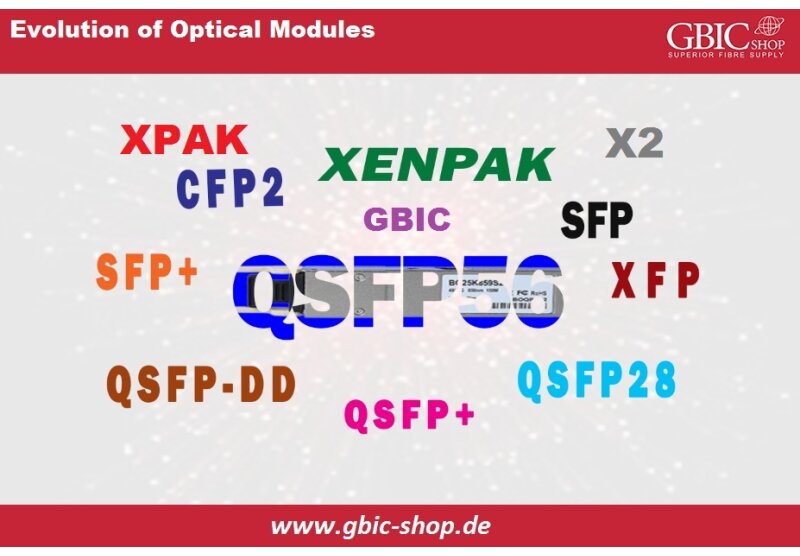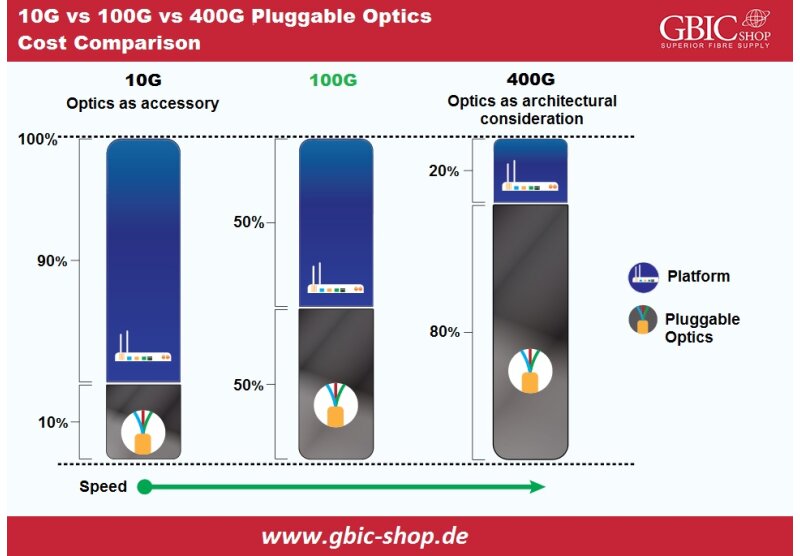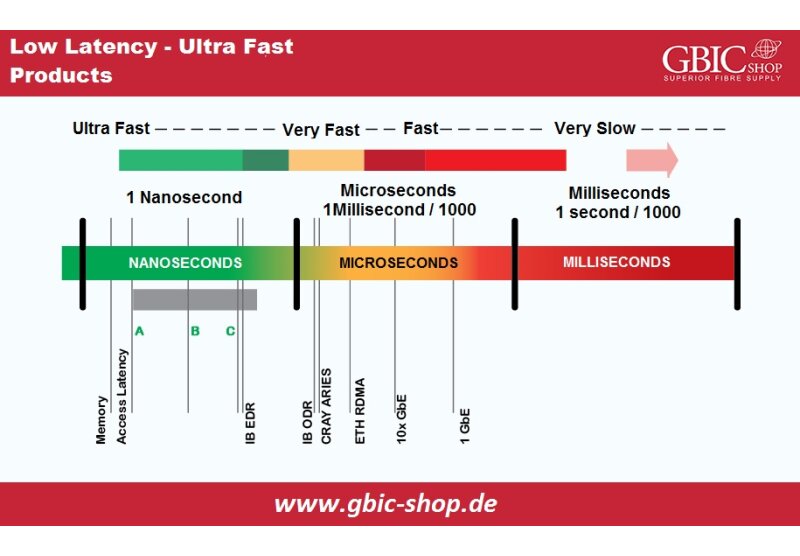DWDM points out a fiber optic multiplexing technology to extend bandwidth above current fiber networks. DWDM operates by uniting and transmitting different signals simultaneously at various wavelengths on a similar fiber optic. It has improved the communication of information above long ranges. Generally, we can divide DWDM into active DWDM and passive DWDM. This article will explain the dissimilarities and selections between active and passive DWDM.
HOW CAN WE DIFFERENTIATE BETWEEN PASSIVE DWDM AND ACTIVE DWDM?
PASSIVE DWDM:
Firstly, systems of passive DWDM possess no active elements. The line functions because of the fiber optic budget of optical transceivers, which we use. There is no use of DCM and fiber optic signal amplifiers in a system of passive DWDM. The optimal point for the passive DWDM is that it possesses a maximum channel capability and power for expansion. However, the communication distance is short to the fiber optic budget of transceivers that we use. We usually use the passive DWDM in excessive speed transmission lines with a maximum channel capability and metro networks.
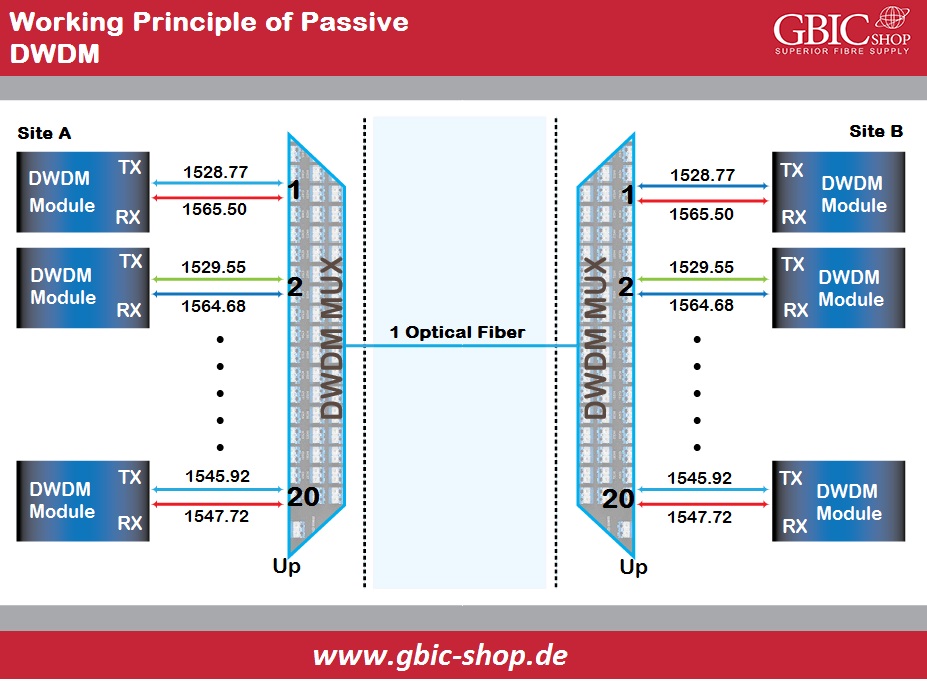
ACTIVE DWDM:
We consider the active DWDM as a transponder kind of system, which supports shifting a large number of data between places in the interconnect setting of a data center. The transponder gets the out-turns of the IP or SAN switch format, typically in a long wave format of 1310 nanometer or short wave format of 850 nanometers, and transforms them via OEO (optical-electrical-optical) DWDM transformation. While making long-haul networks of DWDM, we install various EDFA amplifiers consecutively in the line. The amplifiers quantity in one part is short and relies on the channel count, type of optical cable, data communication value of each channel, and value of acceptable OSNR.
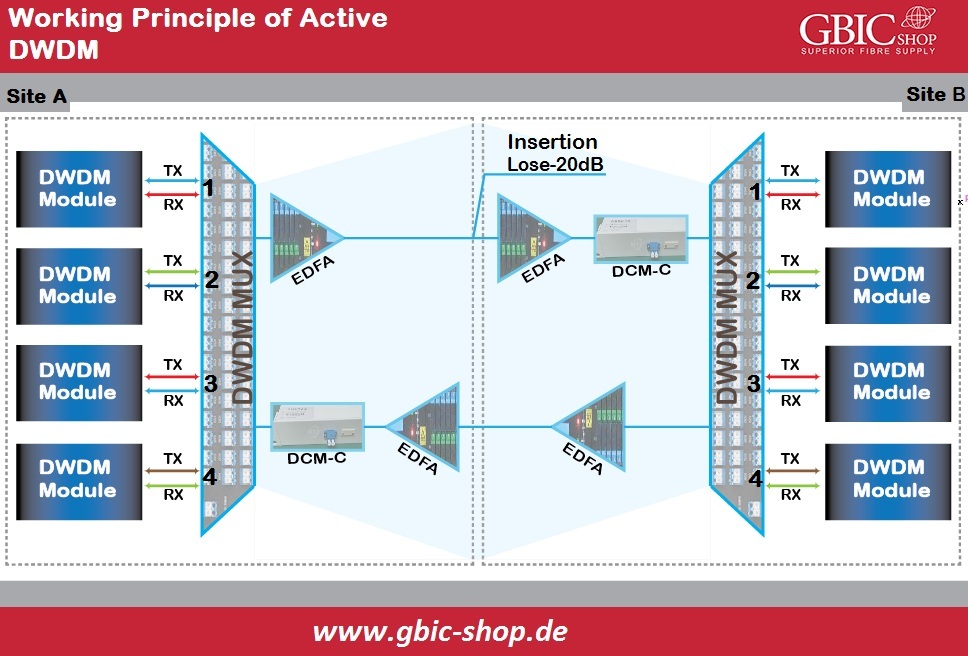
The feasible length of lines while utilizing the active DWDM is formed with the OSNR value and installed fiber optic amplifiers but with the impact of chromatic dispersion on conveyed signals. At the creative stage of the project of the DWDM network, we should take into account the chromatic dispersions permissible values for optical transceivers. Moreover, according to the need, we can include the compensation modules of chromatic dispersion. DCM suggests extra attenuation in the line, and it causes a decrease in the length of the amplifier section.
WHAT SHOULD WE CHOOSE? PASSIVE DWDM OR ACTIVE DWDM:
The limitations and advantages of active and passive DWDM are apparent to explain the inherent natures mentioned above, impacting the choice between active and passive DWDM.
Advantages and Disadvantages of Passive DWDM:
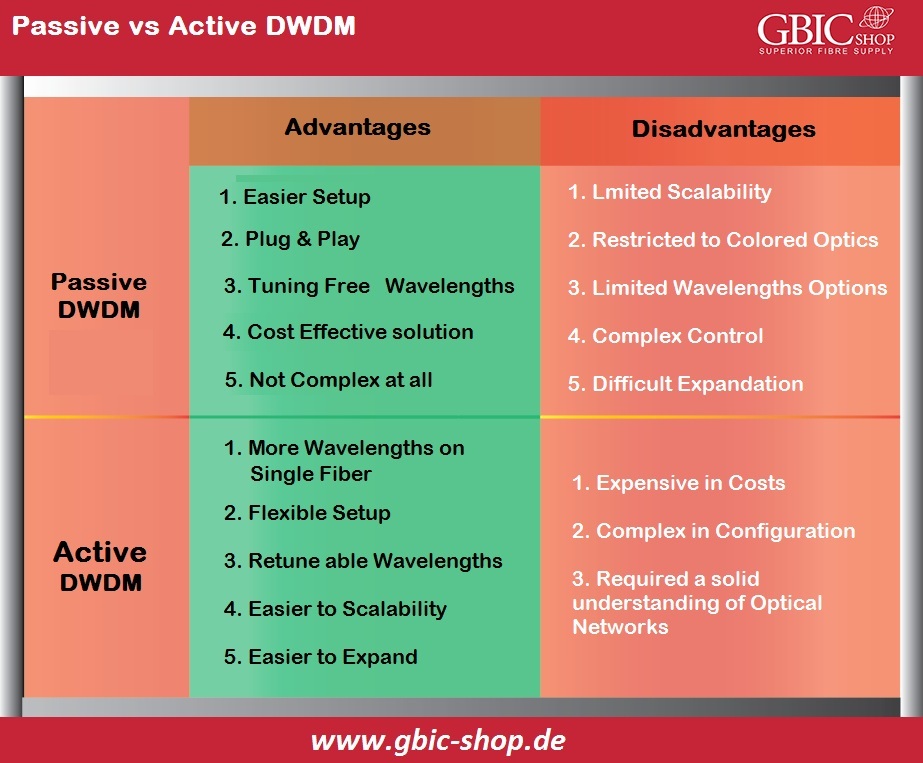
ADVANTAGES OF PASSIVE DWDM:
- Uncomplicated Structure: Not problematic; you have to plug and play. For all links, it is not necessary to tune wavelengths.
- Low-cost: Limited elements and short engineering time. The maximum channel capability factor will preserve the costs significantly.
DISADVANTAGES OF PASSIVE DWDM:
- Limited Expandability: The network of DWDM is limited to a small number of wavelengths and colored optics in the transport fiber. So, we will take passive elements while expanding with the growth of the network. Nevertheless, it will be tough to manage more passive devices.
- Troublesome control: If you have to change a link or wavelength, you must get it back from service and disengage the physical cabling because there is a bond of wavelength to the fiber optic.
Advantages and Disadvantages of Active DWDM:
ADVANTAGES OF ACTIVE DWDM:
- Extended in Capability with Decreased Fiber: Fixing additional wavelengths onto single fiber optic pair. The single optical fiber pair can support more bandwidth. We can use a small number of physical fiber optics between two places appropriately.
- Flexible in Structure: The customers can effectively re-tune wavelengths without collapsing links for the transport nature, giving you more control above your fiber optic networks.
- Uncomplicated for Expandability: Generally, active DWDM can not be problematic to scale with the growth of the network.
DISADVANTAGES OF ACTIVE DWDM:
- Costly: The fees of the overall structure of active DWDM are more expensive than the solutions of passive DWDM.
- Complicated in Configuration: There are various elements included in active builds. So, the configuration is an effective plan, and it will require a strong understanding of fiber optic networks.
The selection between passive DWDM and active DWDM is generally dependent on network expandability, primary installation and future management, and the cost. If there is no specific requirement for network enhancement and distances, passive DWDM is suitable as it is cost-effective and convenient for users. If we require it for long-haul implementations and convenience while changing and refreshing in the future, the active solution DWDM will suit those who need high bandwidth.
Note that we require IT awareness for configuration in this type of situation.
SUMMARY:
It doesn’t matter whether it is active DWDM or passive DWDM; select the appropriate one for your network. Realizing factors can guide you to choose the better one. DWDM multiplexer/de-multiplexer is essential in both active and passive DWDM. Nevertheless, a networking utilization of DWDM covers greater than just DWDM multiplexer/de-multiplexer. Popular solutions for a secure network of DWDM will present the typical transport network findings of DWDM for you.
 English
English
 Deutsch
Deutsch
 Espaniol
Espaniol








